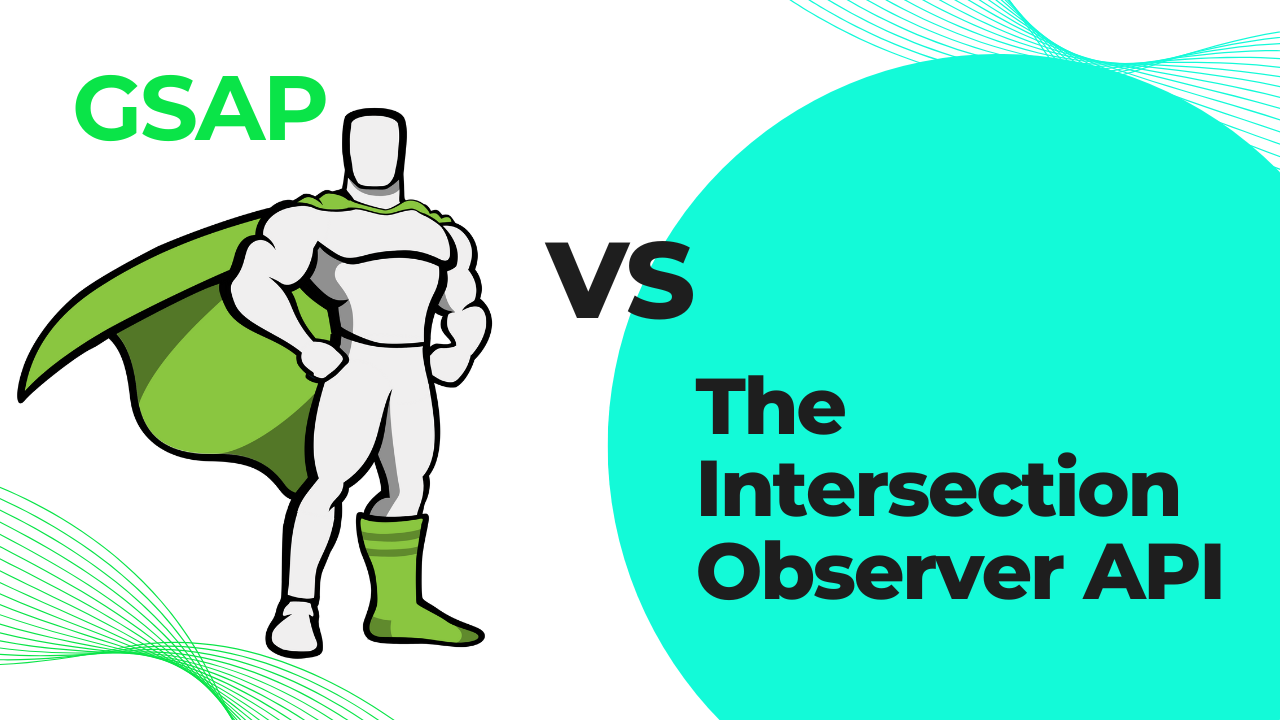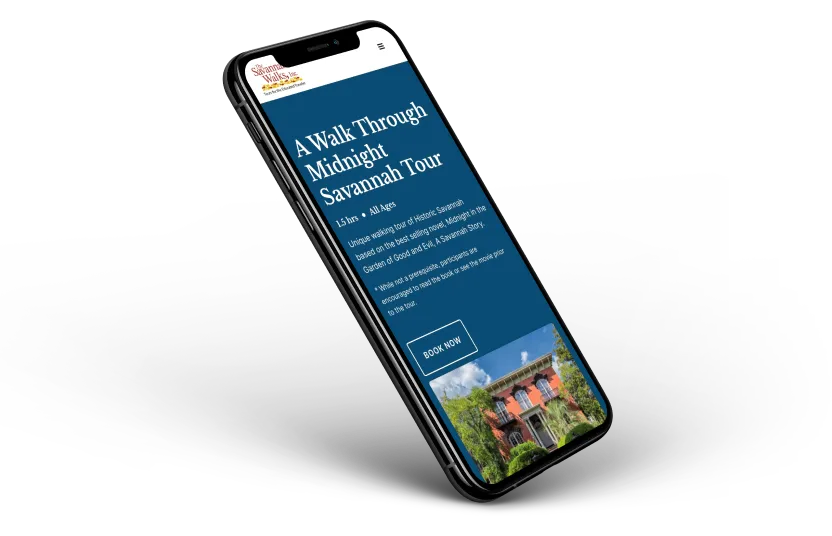Webflow Tutorial
Should you use the Intersection Observer API or GSAP for scroll animations?

Should you use the Intersection Observer API or GSAP for scroll animations?
If you've ever typed this into Google at 2am while staring at a laggy scroll effect, you're not alone.
Modern web developers face this decision constantly: use a native browser API that's fast and lightweight, or reach for a battle-tested animation library that can do just about anything.
The truth is, it's not an either-or choice—it's about understanding what each tool does best.
In this guide, we'll break down exactly when to use Intersection Observer, when to use GSAP, and when to combine them for the best of both worlds.
Intersection Observer API is More Performant for Detection
Winner for scroll detection: Intersection Observer API
Why:
- Browser-optimized - Runs on the compositor thread, not the main JavaScript thread
- Event-based - Only fires when elements cross thresholds (not on every scroll)
- Built-in batching - Browser batches intersection checks efficiently
- Zero calculations - No manual
getBoundingClientRect()calls needed - Lightweight - Native browser API, no library to load
Performance cost: ~0KB (native), minimal CPU usage
GSAP is Better for Complex Animations
Winner for animation execution: GSAP (when animations are complex)
Why GSAP excels:
- Silky smooth animations - Sub-pixel rendering, better easing functions
- Complex sequences - Timelines, staggers, coordinated multi-element animations
- Cross-browser consistency - Handles edge cases and browser quirks
- Hardware acceleration - Automatically optimizes for GPU when possible
- More animation control - Precise playback control, pause, reverse, seek
Performance cost: ~50KB gzipped for GSAP core
The Hybrid Approach (Best of Both Worlds)
Most common pattern: Use Intersection Observer for detection + GSAP for animation
// ✅ Optimal approach: IO triggers GSAP animation
const revealSection = function (entries, observer) {
entries.forEach(entry => {
if (!entry.isIntersecting) return;
// Intersection Observer detects (efficient)
// GSAP animates (smooth)
[gsap.to](<http://gsap.to>)([entry.target](<http://entry.target>), {
opacity: 1,
y: 0,
duration: 1,
ease: "power2.out"
});
observer.unobserve([entry.target](<http://entry.target>));
});
};Why this works so well:
- Intersection Observer handles the expensive scroll detection
- GSAP handles the animation execution
- You get the performance of native APIs + the power of GSAP
When to Use Each
Use Intersection Observer + CSS transitions:
- ✅ Simple fade/slide animations
- ✅ Need minimal bundle size
- ✅ Don't need complex sequencing
- ✅ Want maximum performance
- ✅ Progressive enhancement is important
Use Intersection Observer + GSAP:
- ✅ Complex animation sequences
- ✅ Staggered/coordinated animations
- ✅ Need timeline control (pause/play/reverse)
- ✅ Already using GSAP for other animations
- ✅ Want precise easing control
Use GSAP ScrollTrigger (built on Intersection Observer):
- ✅ Scroll-driven animations (parallax, scrub animations)
- ✅ Pin elements during scroll
- ✅ Complex scroll choreography
- ✅ Animation progress tied to scroll position
Performance Comparison Table

Real-World Recommendation
For basic scroll-based reveals specifically:
The Intersection Observer + CSS approach is optimal for performance because:
- Simple animations - Fade + slide is perfect for CSS transitions
- Zero bundle size - No library needed
- Maximum performance - Native browser optimizations
- Perfect for this use case - No complex sequencing needed
When you'd upgrade to GSAP:
- Client wants a fancy staggered reveal with 10+ animated properties
- Need to coordinate animations across multiple elements
- Want to add scroll-driven effects (parallax, scrub animations)
- Need to replay/control animations after initial reveal
Bottom Line
Intersection Observer + CSS is the most performant for basic scroll-based reveals. GSAP is better for complex animations, but adds unnecessary weight for simple fade/slide effects.
Think of it like this:
- Intersection Observer = The efficient detector (always use for scroll detection)
- CSS transitions = The lightweight animator (great for simple effects)
- GSAP = The powerful animator (when you need complexity)
For 90% of section reveal use cases, what you're doing now is ideal. 🎯
End to End Webflow Design and Development Services
From Web Design and SEO Optimization to Photography and Brand Strategy, we offer a range of services to cover all your digital marketing needs.

Webflow Web Design
We design custom Webflow websites that are unique, SEO optimized, and designed to convert.
Webflow Maintenance
Gain peace of mind knowing that a Webflow Professional Partner is maintaining your website.

Claim Your Design Spot Today
We dedicate our full attention and expertise to a select few projects each month, ensuring personalized service and results.






